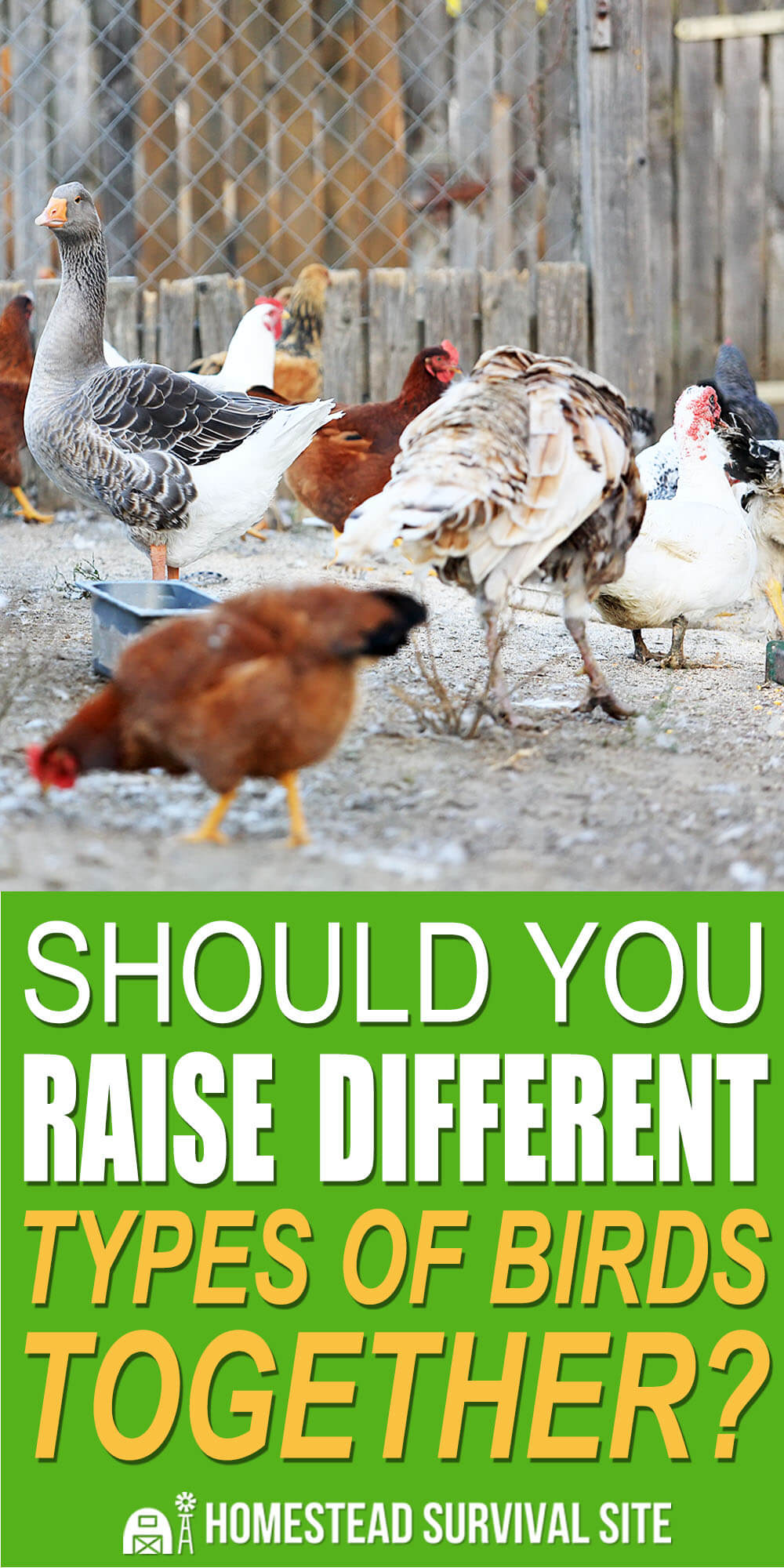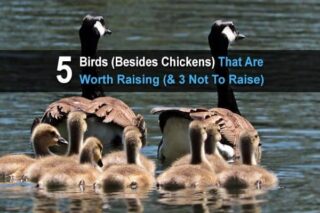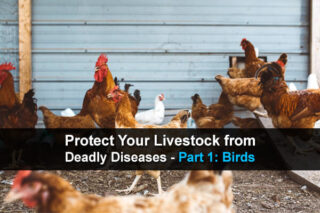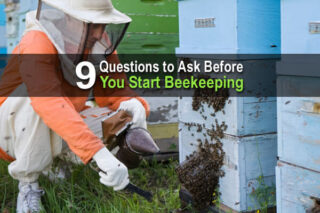Estimated reading time: 11 minutes
Chickens are the gateway pet to an entire farm full of animals, especially other types of fowl. Once you get a hold of a couple of chickens for your backyard, you might not want to stop. I personally found ducks and quail to be an easy addition after raising a flock of chickens on my homestead.
If you’re wondering what kinds of fowl you can mix with your backyard flock, keep reading. What birds of a feather can you flock together on your farm?
Want to save this post for later? Click Here to Pin It on Pinterest!
Chickens
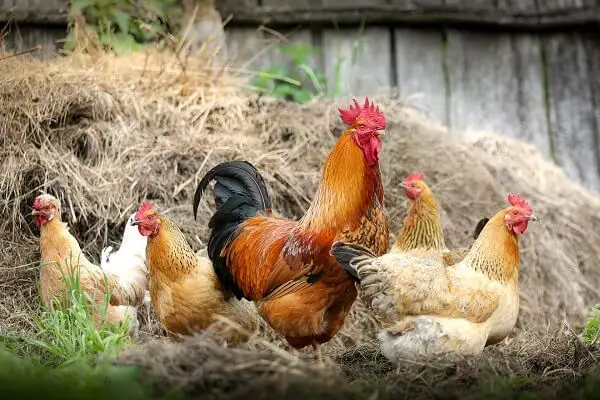
Chickens are one of the most common and easiest of farm fowl to raise on your homestead. They are highly domesticated, typically docile, and great providers of both meat and eggs.
You can find breeds that are calm and friendly, some that are great foragers, and others that keep well in confinement. Raising chickens is easy, enjoyable, and rewarding. And raising them just might whet your appetite for other fowl for your flock.
Quail
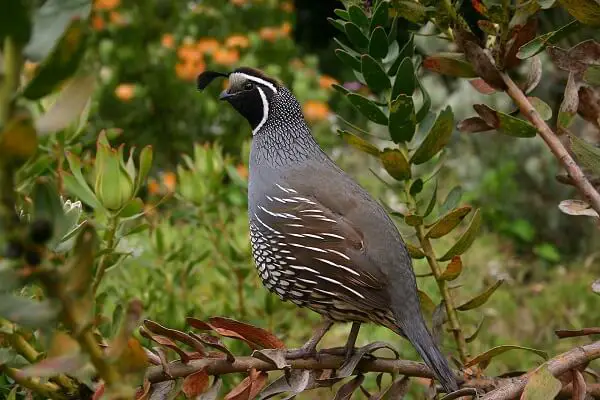
We love quail for their tiny, deliciously nutritious eggs. You might love them for their meat. Quail are easy to raise, relatively quiet, and need little space. But if there is one fowl you want to keep separate from the rest, it’s quail Why? Because quail can’t free range. They are happily housed in smaller, well-protected pens where you can easily gather their eggs.
If needed, quail can be kept indoors. They are hardy little birds, but they are susceptible to some diseases that chickens can carry. Quail are not domesticated like chickens, so they will wander off if allowed to free-range. Keep these little delicacies separately penned up from your chickens and other fowl.
Ducks

Let’s face it, ducks are messy. They need to dunk their heads in water in order to eat, and they tend to splash and make a muddy mess. But their hilarious antics, tasty meat, and rich eggs more than make up for the mess they make.
Ducks have webbed feet that will smash down your grass and vegetation, but they tend to be weed and slug eaters. If you have both ducks and chickens, you can allow them to happily free range together. However, if you have too many drakes and not enough female ducks, the males may go after your hens. Because chicken anatomy is very different than a duck’s anatomy, the chickens may be seriously injured in a drake’s amorous pursuits.
Some folks claim that they house their chickens and ducks together in a coop because chickens will roost off the ground and ducks will nest on the floor. This can work well with good supervision. However, because ducks tend to be messy and wet, you are better off allowing them to free-range together (with caution) and hustle them into separate coops at night.
If you do want to house ducks with your chickens, sand makes a better bedding as the water tends to run off. Ducks and geese can also get along well together, as they have similar needs for food, housing, and shelter.
Geese
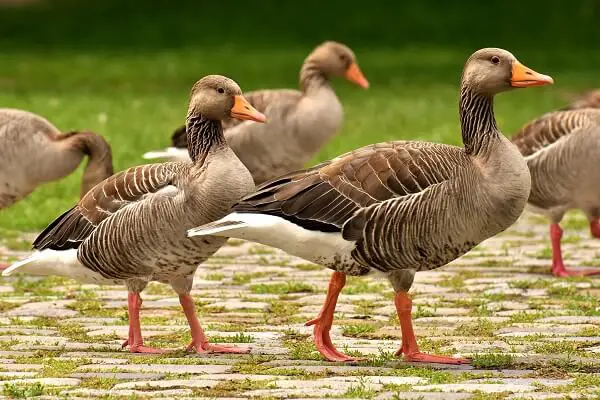
Geese are similar to ducks in that they need water to eat and can be quite messy and wet. But they can be raised around chickens and other fowl. For example, if you want to protect your flock without a rooster, try a guard goose. A goose who is raised from a gosling with other chicks will learn to protect them and alert you when a predator is near.
Female geese can be a bit bossy with your hens, but as long as they can free range with plenty of space, you should be just fine as long as they have separate places to sleep, with the exception being your guard goose. Keep your male to female ratios carefully under control – more than one male to three females could cause the ganders to become too aggressive towards other geese and fowl.
Turkeys
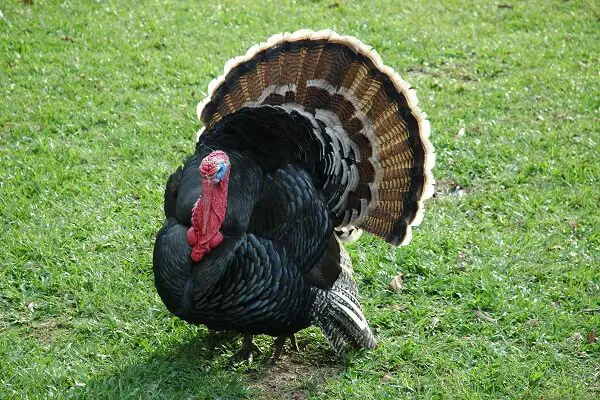
Turkeys and chickens can be raised together, and some folks have had success in coop sharing. But there are a few factors to consider. The most important factor is blackhead disease. This disease is asymptomatic in chickens – your chickens could be carriers of the disease without being affected by it. Blackhead disease can be fatal to your turkeys if they contract it from your chickens.
Also, if you are raising your chickens or turkeys for meat, you may need to keep them separate because they will need different types of feed and different feed rations. However, turkeys tend to be more mellow than chickens and keep to themselves, so there are few if any issues over territory, nest boxes, or feeding. If your land is free of blackhead disease, and if you are not raising your turkeys for meat, they may make a great combination for your homestead.
Guineas
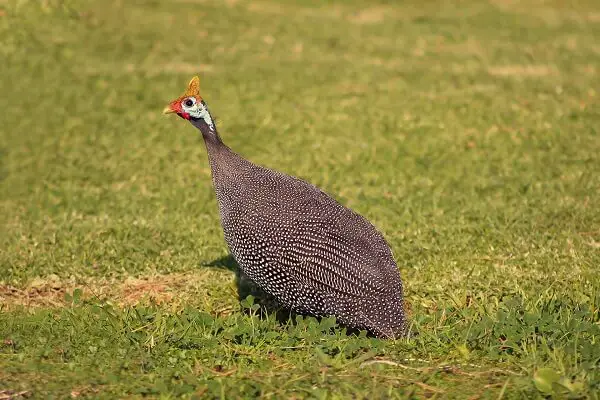
Guinea fowl are the watchdogs of the homestead. They are very aware of their surroundings, and will loudly let you know of anything, animal or person, that isn’t supposed to be there. They are fantastic foragers and will eat everything from ticks, to bugs, to small rodents, and even snakes. They are great helpers and protectors on the homestead.
However, guineas are hard to confine. They do not like to be kept in a pen and are difficult to coop train. Instead, you may find them roosting high in the trees or the eaves of your barn, which makes them susceptible to predators. Guinea fowl tend to be dominant, and keeping guineas and chickens together means that the guineas will rule the roost. During mating season, male guineas can become very aggressive towards any roosters in your flock, which may cause fighting.
Occasionally, guineas and chickens may mate and produce sterile offspring. If you want to keep guineas and chickens together, raise them together as chicks. This will bond the guineas to the chickens, make them a little more docile, and hopefully, they will follow the chickens into the coop at night. You may need to separate male guineas from roosters in the spring. For best results, keep them in separate coops (if the guineas will go in at all), and allow them plenty of room to free-range.
Peafowl
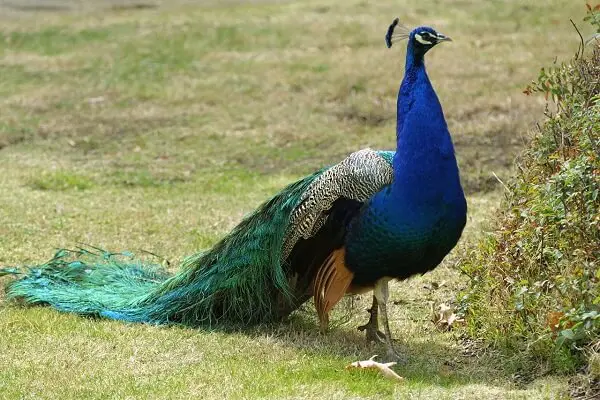
Watching a peacock strutting around freely is a sight to behold, but they may not be the best choice to raise on your homestead with other fowl. While they are great foragers, peafowl need lots of space, a roomy coop, and can be difficult to keep from leaving your homestead. Peacocks can become very aggressive, especially during mating seasons, and even more so from ages 6 months to two years. Peafowl can also be very aggressive when it comes to food and treats, so hand feeding them is not recommended, even as chicks.
Sadly, chickens can be carriers of diseases that can be harmful to peafowl without making the chickens sick. If you want to raise peafowl with your chickens, your best and safest option is to give the peafowl their own large coop and run and give your chickens and other fowl a separate space.
Pheasants
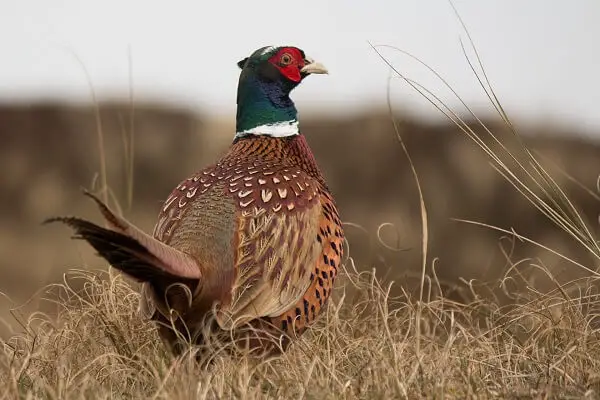
Pheasants make an interesting and attractive addition to the homestead. Being a gamebird, they are not domesticated like chickens, but they are excellent foragers and will help keep the insect population under control.
However, if pheasants are left to free-range, they may be enticed away by wild pheasants or a deep yearning for freedom. If you keep your pheasants in a pen, they will need much more space than chickens. If pheasants do not have enough room, they can become aggressive towards other pheasants or other fowl.
Additionally, pheasants may contract coryza or blackhead disease from chickens. If you want to keep chickens and pheasants together, be sure to watch closely for illness, leave plenty of extra space in your aviary, and make sure it has a netting over the top. Raise the pheasants and chickens together from chicks to diminish the tendency towards aggressive behaviors.
Pigeons
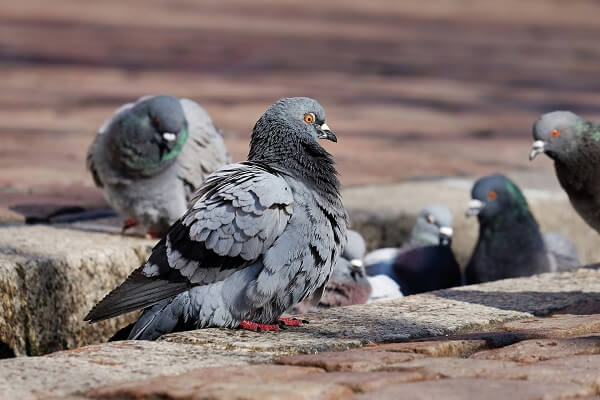
Pigeons are somewhat of a hobby bird and can be raised as utility, fancy, or performing breeds. However, they don’t do well when raised with chickens. Chickens can become very aggressive toward pigeons, and even a small peck on the head can be a fatal blow for a much smaller pigeon. Chickens may eat baby pigeons, or they may become sick from the pigeon feces.
If you choose to raise chickens and pigeons both, keep them separated from each other, as well as from other species of fowl.
Swans

If you have a pond on your homestead or farm, you may be considering raising swans. They certainly look beautiful, but raising them with chickens just isn’t possible since swans are waterfowl and chickens are not. A swan needs a constant supply of water (such as a pond that doesn’t freeze), and a small shelter on land.
Chickens need to be locked in a coop each night. During mating season, swans can become very aggressive so you may want to keep them contained and separated by a two-foot fence.
Final Thoughts
Keeping a mixed flock of fowl – from chickens to quail, to ducks or swans – can be a lot of fun and provide sustainable food for your family. But you need to take a number of things into consideration before throwing a bunch of birds together in a coop.
You need to consider the size of the bird – turkeys, geese, and swans are large, chickens are medium-sized, and pigeons and quail are quite small. Will the larger fowl injure the smaller?
You also need to take into consideration the birds’ behavior. Guineas and peafowl are terrific foragers but may be hard to coop train. Quail, pigeons, and pheasants generally need to be contained at all times, whether in an aviary or pen with bird netting. Chickens and ducks are easy to free-range and coop train and get along quite well.
Different types of fowl need different types of shelter – chickens need a lockable pen to keep them safe from predators, and quail are suitable for a cage. Swan need only a three-sided shelter in most climates.
You also need to look at the types of food your fowl will eat. Chickens and ducks can eat a mixed flock food, while quail and pheasants do better on gamebird feed. Other fowl are such great foragers that they hardly need to be fed at all.
You may also want to take purpose into consideration. Are your fowl pets? Food? Or for show? This will affect the way you house them and what you feed them, as well as the ways you interact with them. Taking all of these things into consideration will help you choose the best fowl for your mixed flock.
Like this post? Don't Forget to Pin It on Pinterest!



